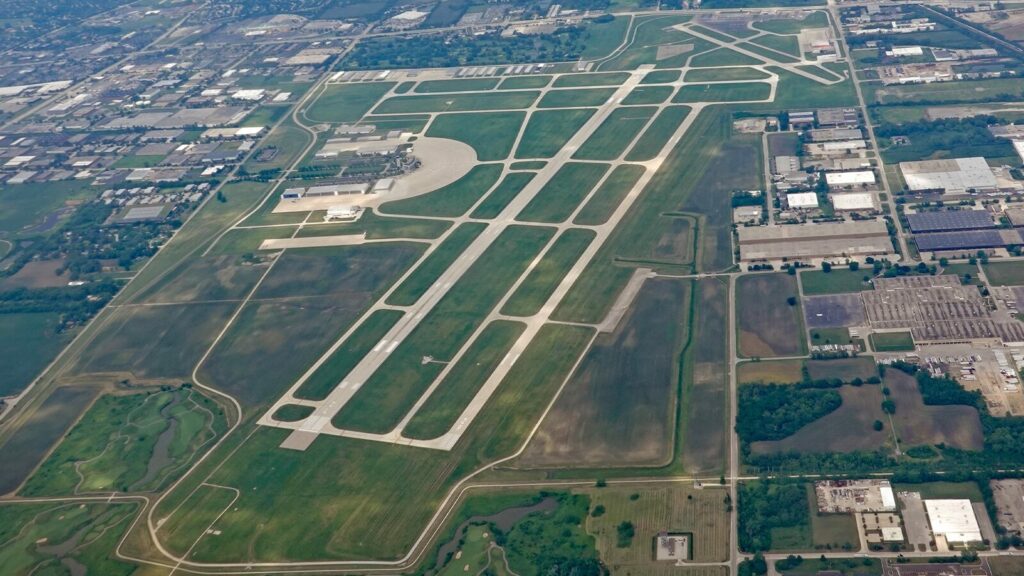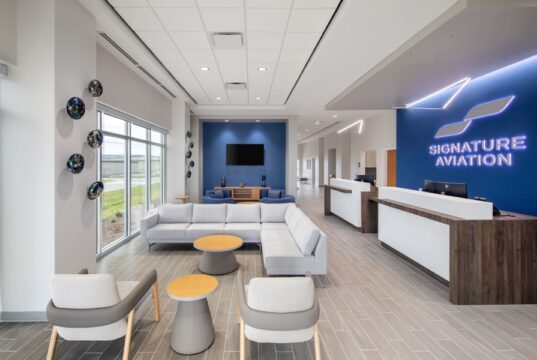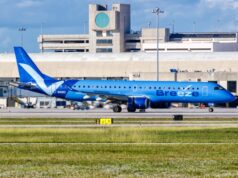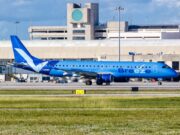
The airports where I started my flight training and began my flight-instructor career are distinct. When I began, I started training at Chicago Executive Airport (KPWK), a field just north of the O’Hare International Airport serving the business-jet traffic coming to Chicago’s northern suburbs. Since starting teaching, I have flown out of a small-town airport in central Florida where the closest airport closely resembling something busy is 25 miles away.
For me, there is a lot of benefit to training at a small, rural airport. Most importantly, departure and arrival delays are minimized because I don’t have to wait for multiple jets to land and clear the runway before I can take off for my first lap in the pattern. My taxiway diagram layout is also much simpler to learn, and frequencies are generally quiet, meaning radio calls are easier to learn on the fly. (Pardon the pun.)
Flight instructors at KPWK often lament that only about half of their new students’ 15 hours or so is actual flight time; the rest is spent sitting on the ground waiting for traffic to clear the runway or even to pull out of the ramp for taxi in the first place.
Still, getting experience at an airport such as Chicago Executive still has its benefits. Listening to tower controllers talking quickly, looking for multiple airplanes ahead of me in the traffic pattern, and figuring how to visually separate myself from jet traffic all helped me learn to stay on my toes, be prepared, and effectively handle busy situations.
The same is true at my new airport. As my students get more confident and proficient at smaller airports, I make a point of taking them into busier, more complex airports to get the same experience of managing intricate taxi routes, separating themselves from other traffic, and getting real-world experience landing behind heavy jet traffic.
Being able to start at a small airport and travel to a busier area certainly has its perks. Full stop taxi-backs after a visual approach save time on what is often a long taxi from parking to the runway, and students get the extra benefit of making an initial call to an air traffic control tower each time they approach the airport. There is still the added benefit of taxi experience after each landing to get back to the runway.
I recommend a number of resources to my students to prepare for towered airports. As they get better and better, using real-world flying is a logical step to ensure they not only recognize the approved responses to certain calls but can also react correctly in the real world. There are also some situations that only the real thing can teach, so being as prepared as possible early on will benefit down the road whether or not I’m present.
My goal as an instructor is not only to help my students pass checkrides but to make them well-rounded and experienced. Once they pass an exam, it is within their power to fly to any number of airports, big or small. I believe that having them as prepared as possible for any number of situations is the best way to ensure their continued success as pilots after finishing training together.
There is no teacher better than experience. It is my job as an instructor to guide students through the real-world opportunities I can give them. The better a student is at handling a wider array of situations, the better they’ll become as pilots; exam success will come naturally with each improvement a student makes in their training. Being able to challenge my students and push them to be better is one of the best things I believe I can do to make them into pilots.








































































